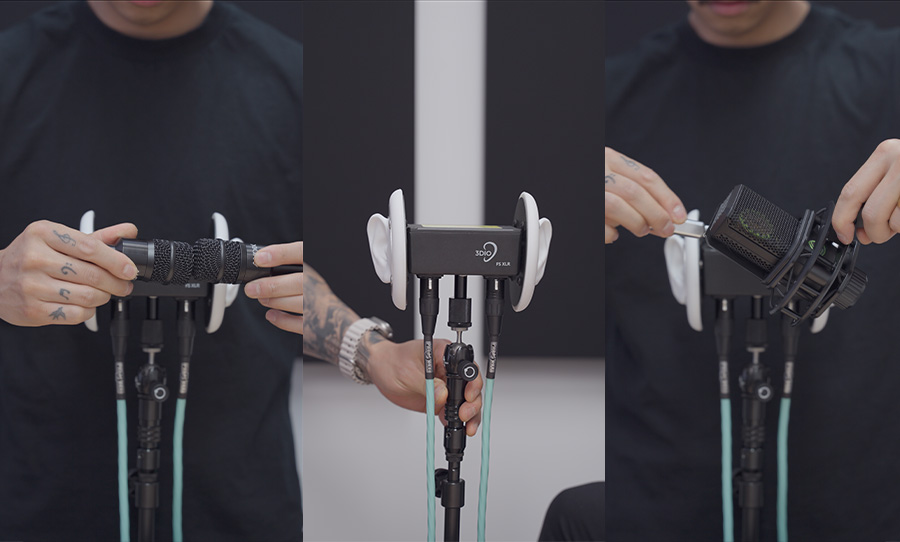What do the mid-’70s albums of Fleetwood Mac, Jackson Browne, and Led Zeppelin all have in common? A slice of legendary outboard gear: the Aphex Aural Exciter.
By 1976 major-label album recording sessions were getting long and complicated. They were wearing on engineers, musicians, and the tapes themselves. Over the months of these lengthy recording sojourns, the tape itself had worn and was shedding. Playback was starting to become dull from repeated, playbacks, overdubs, and bouncing to free up space on the most sophisticated recording medium available at the time, 24 track tape machines. Enter the Aphex Aural Exciter.
This simple device was a sugar hit for the top end. Somehow, without bringing harshness, it revived signals that had been battered by the rigours of tape-wear. What’s more, it’s gone on to have a life of its own, beyond its practical origins. Let’s take a look at this magical device and how it breathed new life into countless recordings.
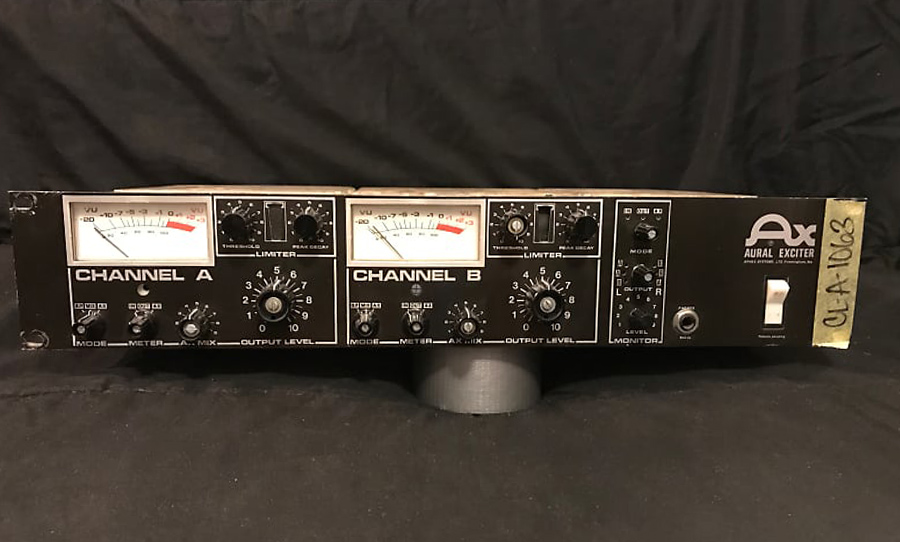
Origin story
The Aural Exciter effect was accidentally discovered in the late 1950s when Curt Knoppel unwittingly wired one channel of a Heathkit DIY stereo amplifier kit incorrectly. Upon testing, audio passing through the channel was distorted and unappealing, however, running the material through both the incorrect and an earlier correctly wired channel simultaneously created a bright, exciting, and previously unheard effect.
After leaving this haphazard invention laying dormant for years, in 1974 Knoppel approached Marvin Caesar of the Aphex company with his discovery and, although they weren’t quite sure of exactly what the unit was doing, they knew its sound had a magical factor, and the Aphex Aural Exciter was born.
The Aural Exciter brought presence, intelligibility, ‘air’ without hiss, and renewed clarity through its arbitrary process of adding phase shift, harmonics, compression, and intermodular distortion.
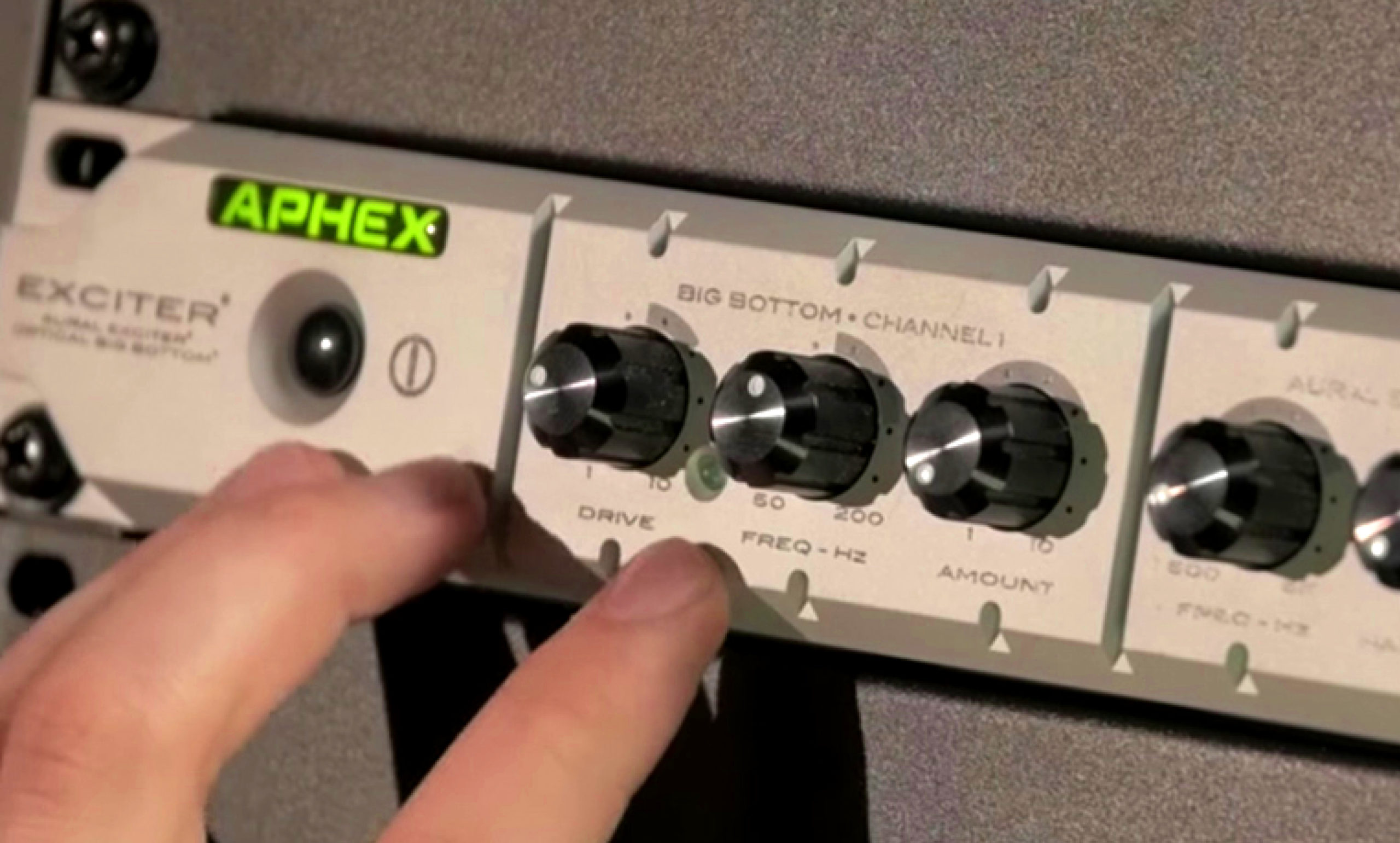
La La Land
The unit found its first commercial use in the Sound Factory Studio, LA, on the Linda Ronstadt album Hasten Down The Wind, where, unsure of how to charge their client for use of the machine Aphex sent the record company a bill of $10 per hour of use on program material.
Apparently Asylum records laughed at the bill and suggested Aphex could charge three times the amount, and from there on they had cemented their sales strategy of charging $30 per minute of use on released material.
Whilst widely available today in hardware units and a software version, the initial tube-based model 402 Aural Exciter of 1975 was limited to approximately five units only, and was exclusively available for use in US recording studios. A more widely manufactured solid-state version, the 602, followed soon after, meaning that more units were available for studios to hire directly from Aphex.
These early versions of the Aural Exciter appeared and were often credited in the liner notes too, of albums by many major label artists, the likes of: Linda Ronstadt, Fleetwood Mac, Paul McCartney, James Taylor, Jackson Browne, Led Zeppelin, Dolly Parton, Hank Snow, Grateful Dead, Neil Sedaka, Johnny Mathis, The Four Seasons and many more.
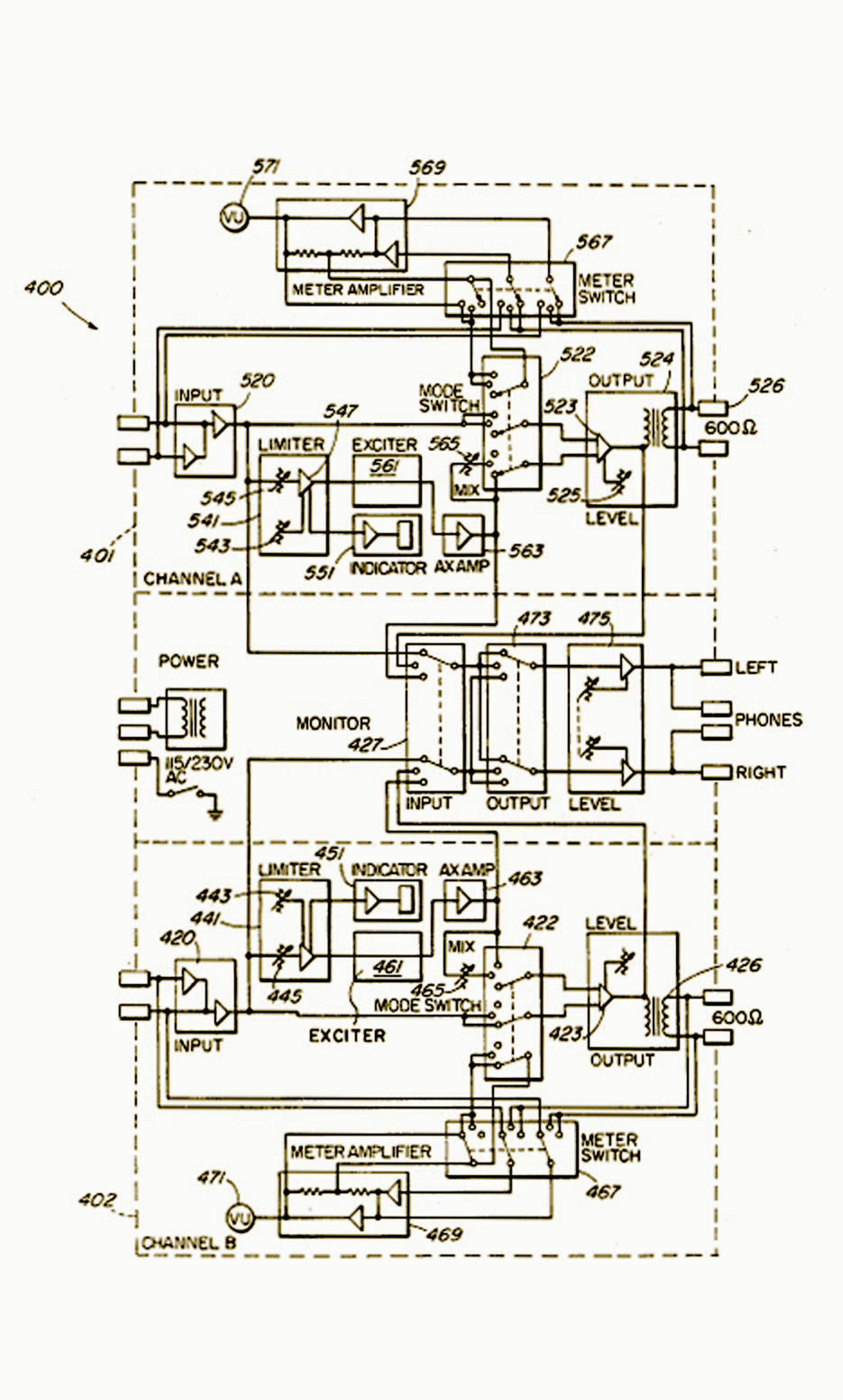
Exciting anatomy
Over the next few years Knoppel and Aphex eventually deciphered the actual inner workings of their now legendary box and by 1979 were able to file a patent for the unit, no longer needing to rely on sealing up the internal workings of the unit to avoid their effect being copied.
In the early 1980s, Aphex began manufacture of the Type 2 Exciter, a unit that was finally available for purchase by customers, had controllable parameters, and set you back approximately $3000 upon release.
Soon after the company released the more affordable Type B Exciter, followed by the Type C that would cost a mere $300 and saw its way into the consumer markets, and widely across the board into radio broadcast and discotheque sound systems. The Aphex company still exists today and has been producing a wide range of groundbreaking audio units ever since its first accidental discovery.
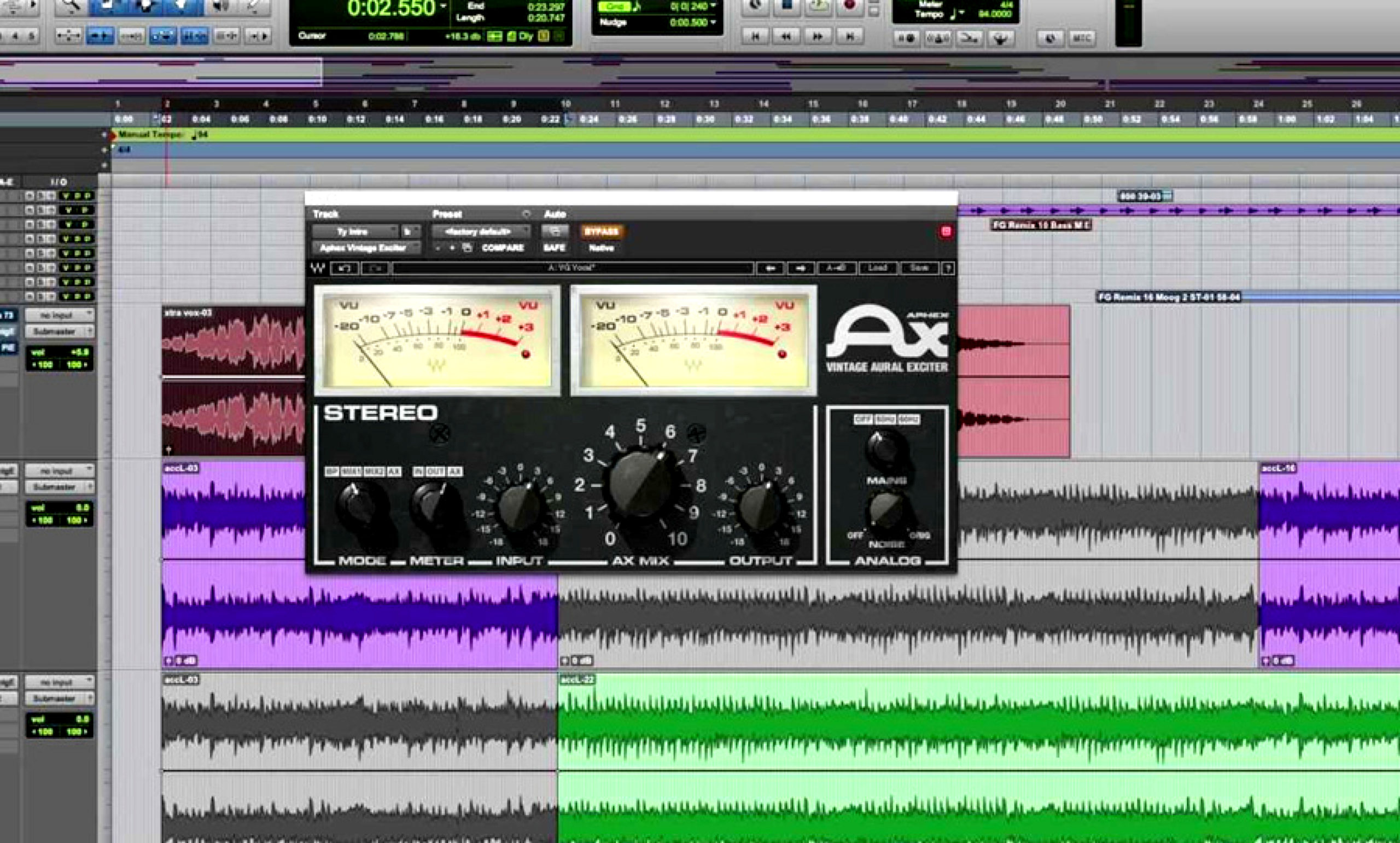
In 2011 the Waves company tracked down one of the purportedly three remaining 402 tube exciter units from an Aphex storage area and, with the guidance of era-appropriate high-profile Aural Exciter user and producer Val Garay (Linda Ronstadt, James Taylor, Kenny Rogers, et al.) released a plugin version of the early unit.
Now a whole new generation of producers, engineers and musicians can enjoy the sound of the original Aural Exciter to manipulate at their leisure, minus the fees per minute of use, revelling in its character rather than relying on it to liven up dull tape.
The Aural Exciter somewhat fell out of fashion for a period with the digital recording revolution largely supplanting tape machines, however, it has since regained a position amongst studio engineers and mixers throughout the world. It’s secret, patented, psychoacoustic sonic signature continues to excite listeners worldwide.

